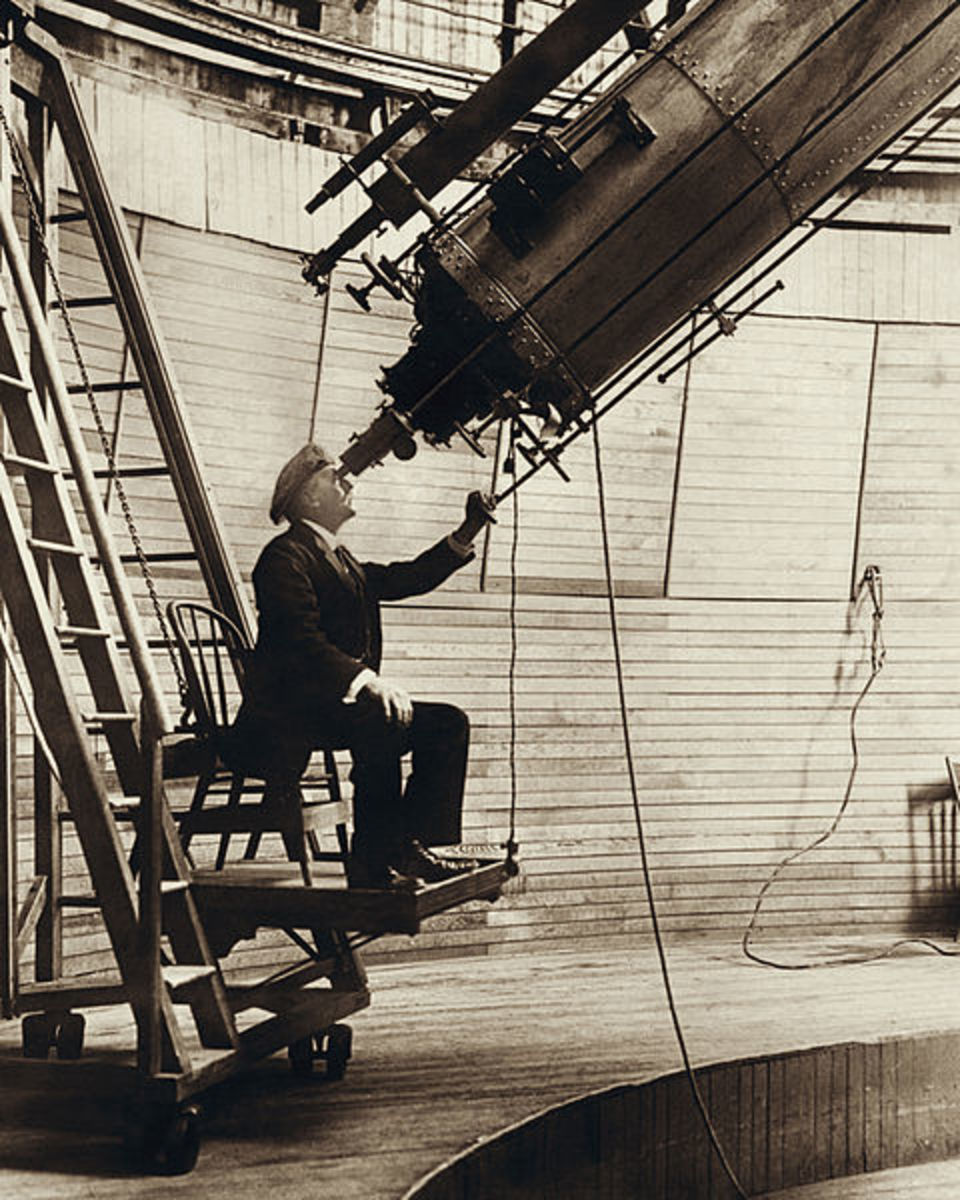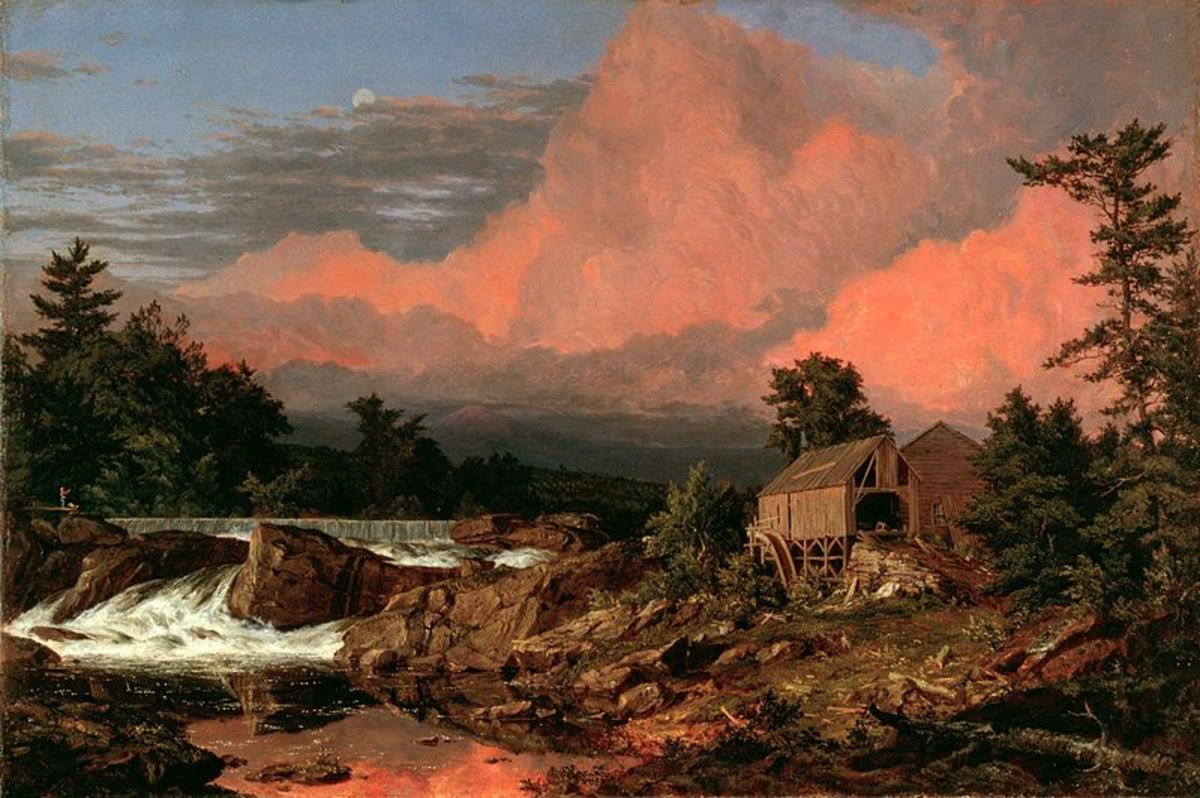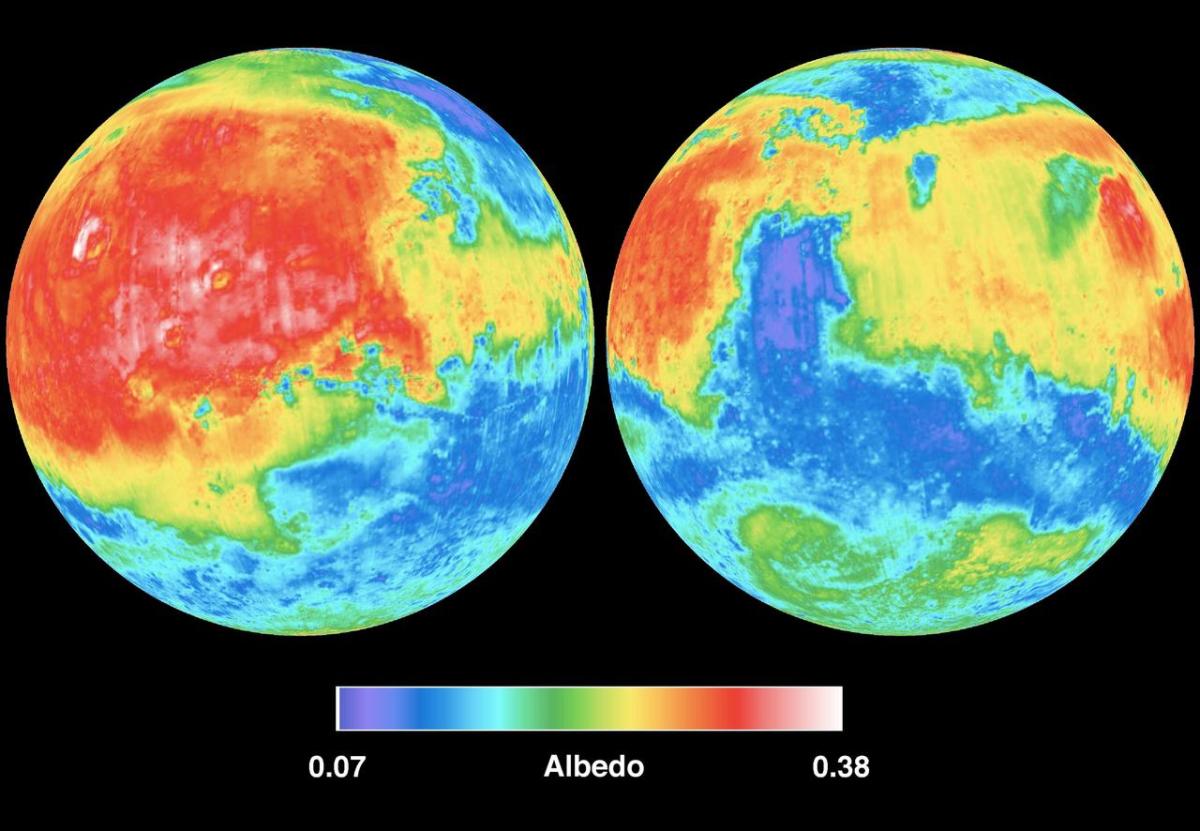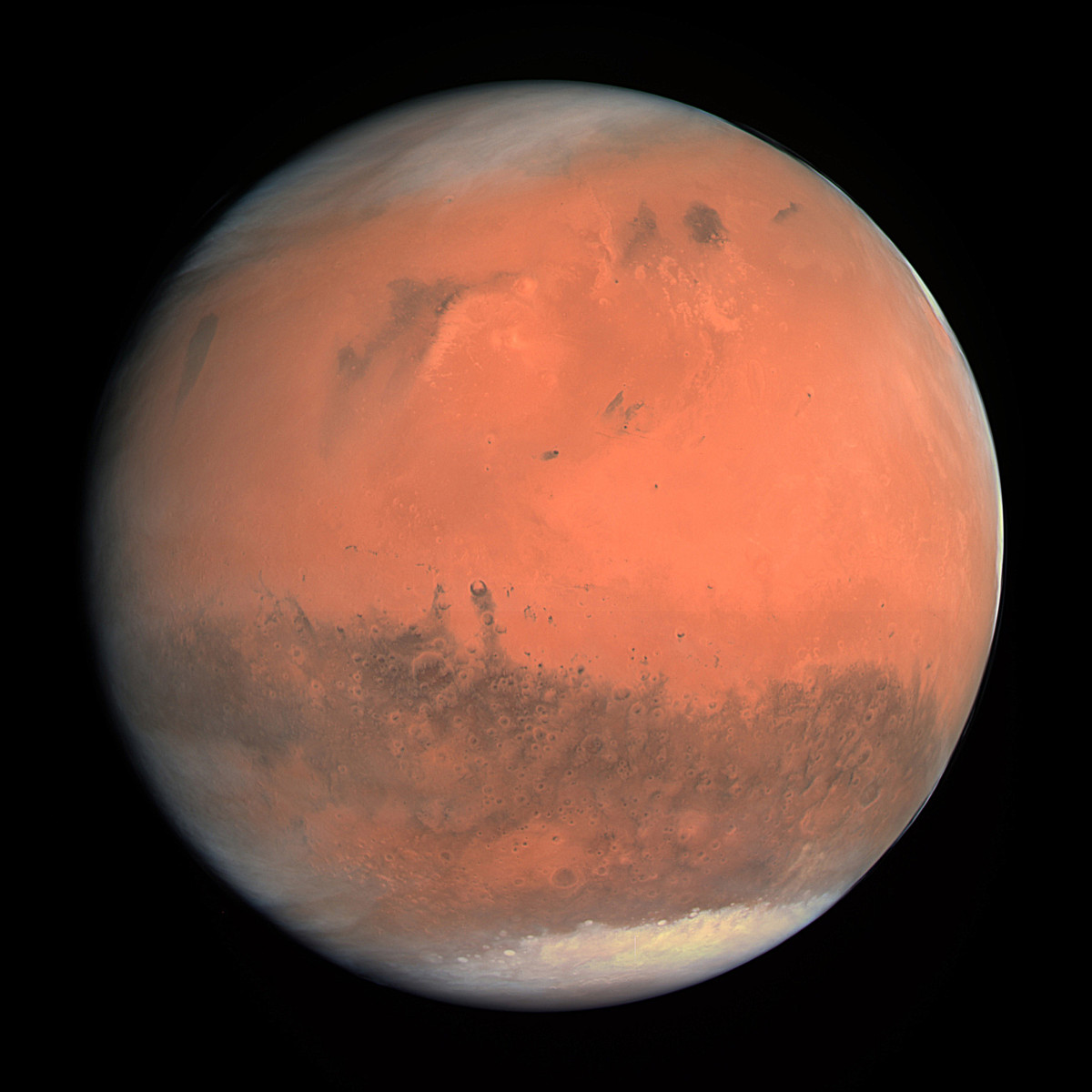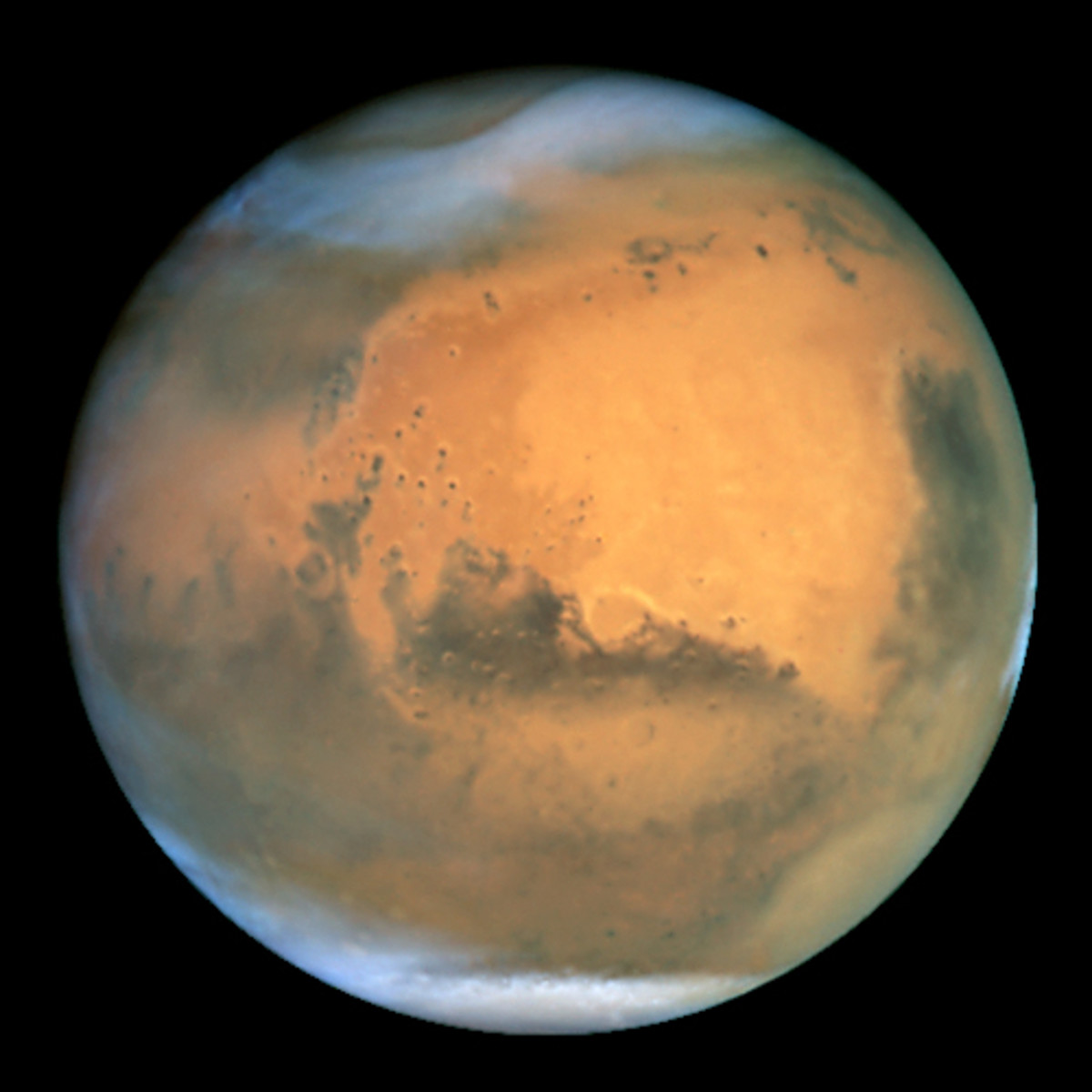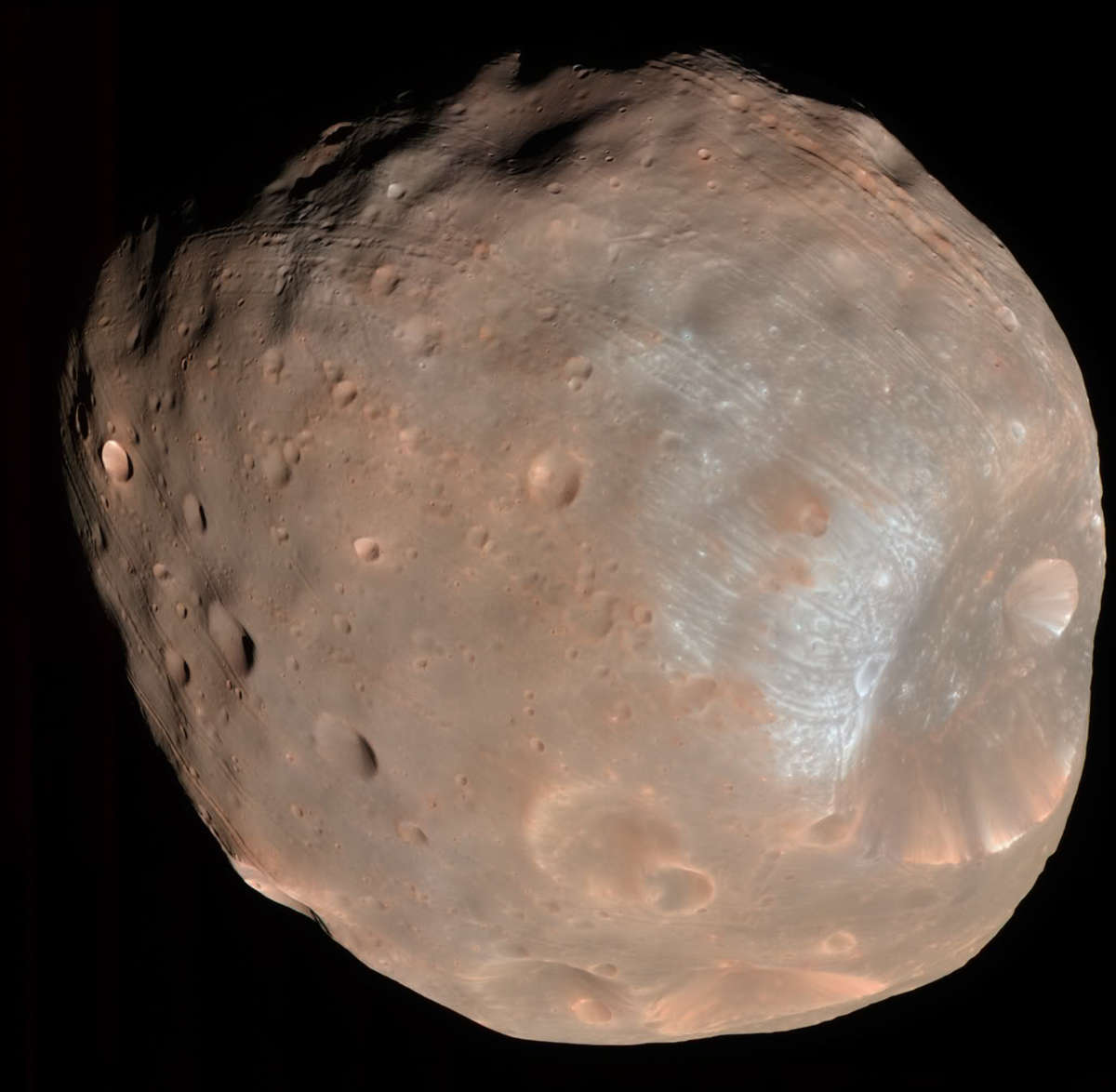Can Humans Live on Mars?
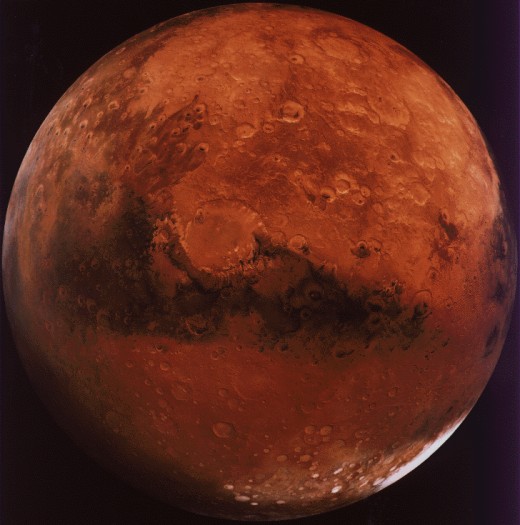
In the old days - and by old I mean hundreds of hundreds of years ago - the planet Mars was the stuff of legends. Astronomers would peer through there tiny lens and see a bright red dot. Later when telescopes became more advanced, so did the image of planet mars. Through the eyes of those young astronmars the planet Mars was a place where a great civiliaztion once lived.
It was once imagined like this:
The planet Mars was a wonderful world, full of heroes, of villians, of life. But the planet was dying and in a last ditch effort to save the planet the civilization tried to build a system of canals. At least that's what it appeared to the eyes and minds of humans a hundred years ago.
Of course the canals were merely an illusion and the planet Mars was found to be place that held more secrets than the ones it showed. Planet Mars living? There were no signs. The red planet was a planet that was more like an endless desert of red dust.
The mysteries have grown - and so have the answers.
_________________________________________________________
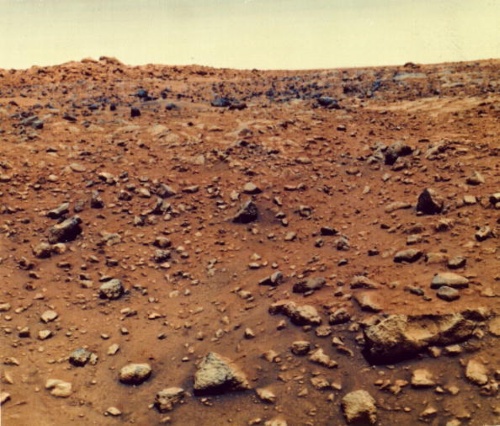
Facts About Mars
First some facts about the planet mars:
- The planet Mars has a canyon called Mariner Valley, a canyon five times deeper and a hundred times longer than the Grand Canyon.
- How many moons does Mars have? The planet Mars has two moons, Deimos and Phobos.
- What is the composition of the atmosphere of mars? The planet Mars has a very thin atmosphere which is mainly made up of carbon dioxide. This this atmosphere caused the planet to have a constant array of dust storms - with some that can last up to two years.
- How long would it take to get to the planet Mars? It would take six months to fly a space shuttle to Mars, and about twice that time to return.
- Nix Olympus is the largest volcano in our solar system, and dwarfs Mount Everest in size. It's about 4 times as big as our great mountain.
- Traces of water have been found frozen in some area of the planet Mars.
_________________________________________________________
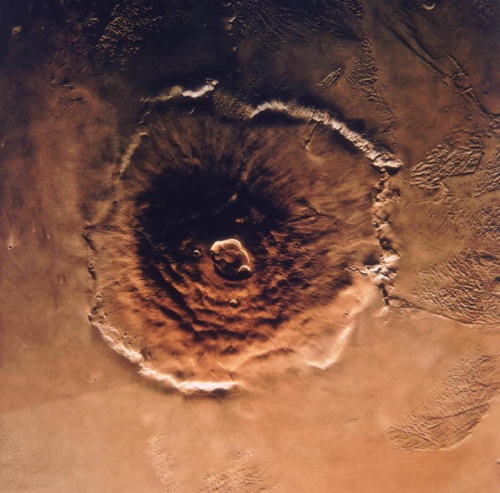
Can Humans Live On Mars?
The question everyone is asking - not just because we're curious, but because we're beginning to have too - can humans live on mars?
For a more detailed visit on how this could happen visit here.
The simple answer to the question is, of course, no, humans cannot live on Mars - at least not yet. To live on the planet Mars it would first have to be changed by the process of terraforming - or, in layman terms, make the land more Earth-like.
The way I look at it, it can happen in a four step process:
_________________________________________________________
1. We make a trip to Mars. A real trip. We deck out a few space shuttles and send them to that distant red rock. It would take six months to reach the planet Mars, which would be the longest journey yet for any astronaut. Once landed the crew would have to set up temporary domes. There would have to be a few different kind of domes such as:
- A dome for living. The astronauts would be staying on the planet Mars for a while, and would need some sustainable living quarters. This means we would have to take some of the vocabulary from star trek and have some decent life support.
- A greenhouse dome. Start growing plants, and various other vegetables. This would do a couple things: It would provide more sustainable resources as well as be a testing facility to see if life can be sustained. This would be vital for later goals; also it would provide extra oxygen for the people inhabiting the land.
- A research dome. Many tests would have to take place before any serious steps towards terraforming the planet Mars could take place. This means fully understanding the composition of the atmosphere of mars, as well as what the different cycle of the sun had on the human body.
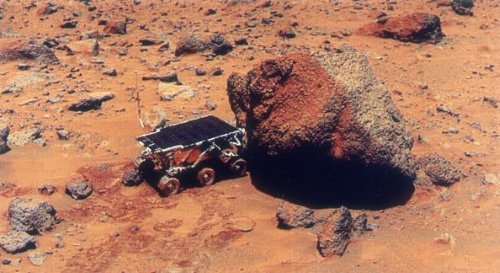
2. After enough research of the land takes place it's time to start building permanent domes. This would mean that the greenhouse domes were a huge success and that life support could become a renewable resource. These new domes would be much bigger and much more advanced than the previous ones, and would able to to sustain large populations.
A first settlement would be created. It would be a guinea pig of sorts, and would be risky. Most of the crew who lived in the dome would be certified astronauts with a few select civilians.
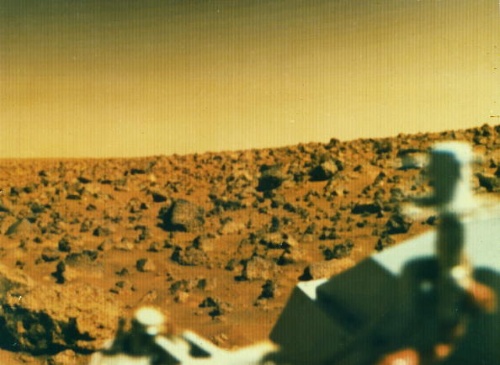
3. This is where the composition of the atmosphere on the planet Mars would have to change. This would mean melting much of the frozen water on the ice and releasing the carbon dioxide into the atmosphere. Eventually a new atmosphere would become balanced, one that was more stable - one that lacked dust storms.
The next would be to start planting small plants into the soil. This would be a long drawn out process, but is essential if the planet is to ever be like Earth.
4. Not for thousands of years after initial landing. This is the final step and would occur after the land is full of the plants that were seeded years earlier. Power plants would be created. The domes wouldn't be necessary. We would live on the land just like on Earth.
Other Space Hubs
- The Universe and its Citizens: Beyond Earth
- Where to Find the Planets of Our Solar System
Now my own suspicion is that the universe is not only queerer than we suppose but queerer than we can suppose J.B.S Haldane The universe is a vast place; the number of stars and planets go... - Interesting Facts About Saturn
Saturn is one of the most prominent and distinguished planets in our night sky. It's a giant, more so than Jupiter, because it has a beauty we can really see, a tangibility. If you haven't yet, you need to...

